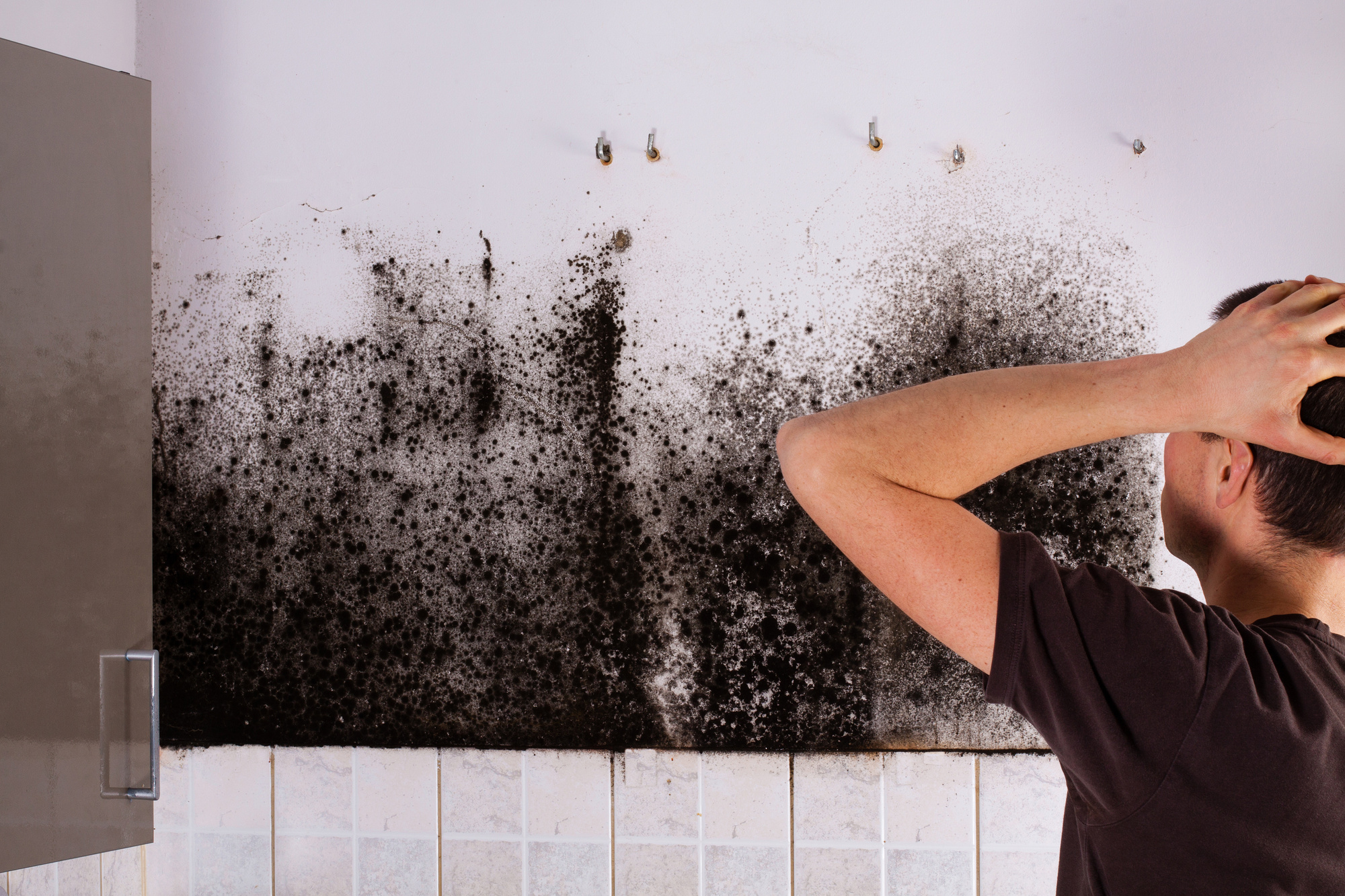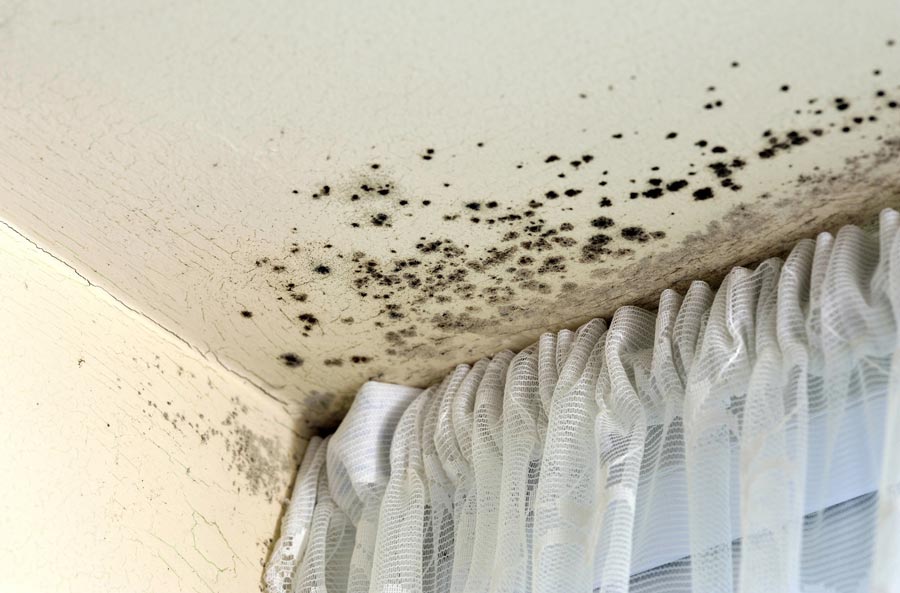Mold can be a common problem in many homes, and its important to be able to identify and treat it effectively to prevent health issues and structural damage. Different areas of your home can be susceptible to mold growth, including bathrooms, basements, and attics.
By knowing how to spot mold and address it promptly, you can safeguard your home and the well-being of your family. This article will provide you with helpful tips on how to detect and manage mold in various parts of your living space.
Lets dive in and explore the proper ways to combat this pesky and potentially harmful issue.
Identifying Mold in Different Areas of Your Home

Identifying mold in different areas of your home can be a challenging task, as it can manifest in various forms and locations. In bathrooms, mold often appears in damp, dark areas such as behind toilets, under sinks, and in shower stalls.
In the kitchen, mold can be found on food, in sink drains, and under leaky faucets. Bedrooms may have mold growing on walls near windows, in closets, or on upholstered furniture.
Living rooms are not immune to mold either, with damp carpeting, leaking windows, and dusty corners being prime breeding grounds. Attics and basements are also susceptible to mold growth due to poor ventilation and high humidity levels.
By being diligent in checking these different areas of your home, you can identify and treat mold before it becomes a serious problem.
Common Signs and Symptoms of Mold Growth

One of the most common signs of mold growth in your home is a musty odor that lingers in certain areas. This odor is a result of mold spores releasing volatile organic compounds (VOCs) as they feed and grow in damp, dark spaces.
Additionally, visual signs of mold growth can include black, green, or gray spots on walls, ceilings, or other surfaces. Mold can also cause discoloration or staining on walls, ceilings, or fabrics.
Another common symptom of mold growth is the presence of respiratory issues, such as coughing, sneezing, or difficulty breathing, especially in individuals with allergies or asthma. If you notice any of these signs or symptoms in your home, it is important to address the mold growth promptly to prevent further health issues and damage to your property.
Bathroom, Kitchen and Basement Mold Prevention and Remediation

Preventing and remediating mold in the bathroom, kitchen, and basement is essential for maintaining a healthy home environment. In the bathroom, regularly cleaning and ventilating the space can help prevent mold growth in damp areas such as the shower and sink.
Installing a dehumidifier can also help reduce humidity levels. In the kitchen, ensuring proper ventilation while cooking and promptly cleaning up spills can prevent mold from developing in areas like under the sink or behind appliances.
In the basement, its important to address any leaks or water damage promptly to prevent mold growth in this often damp and dark space. Additionally, using mold-resistant paint and materials in these areas can help prevent mold from taking hold.
If mold is already present, its crucial to properly remediate it to avoid health issues and further damage to your home.
Conclusion
In conclusion, identifying and treating mold in different areas of your home is essential for maintaining a safe and healthy living environment. By regularly inspecting areas prone to mold growth, such as bathrooms, kitchens, and basements, you can catch mold early and prevent it from spreading.
If you suspect mold in your home, it is important to conduct a thorough mold assessment to determine the extent of the problem and develop an appropriate treatment plan. Remember to prioritize your health and safety when dealing with mold, and always consult a professional if you are unsure how to proceed.
By taking proactive steps to address mold issues in your home, you can ensure a clean and mold-free living space for you and your family.


